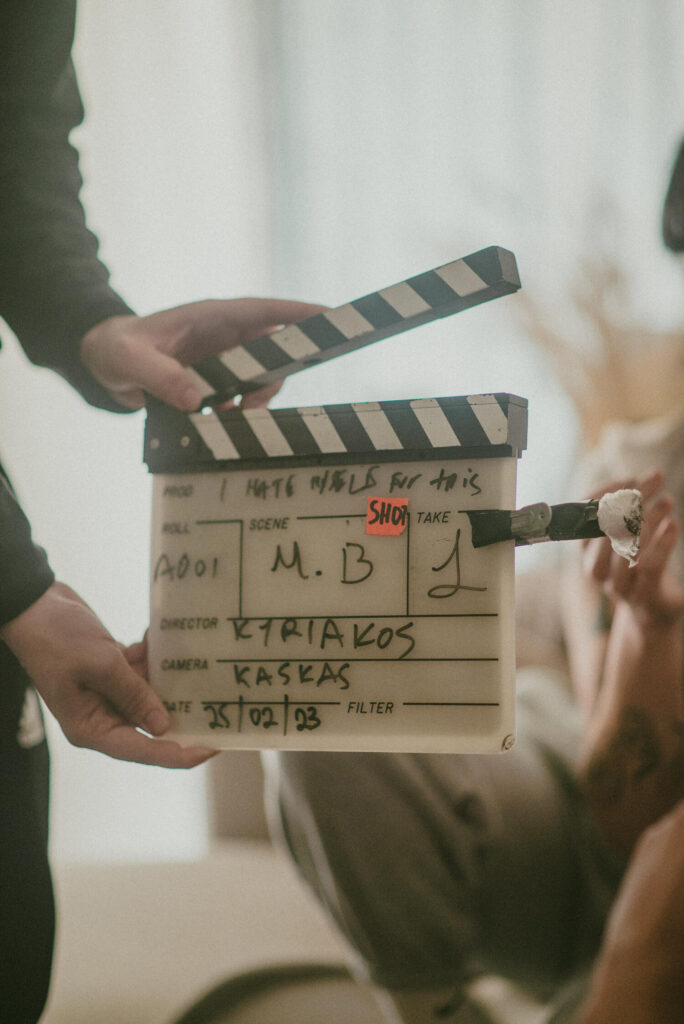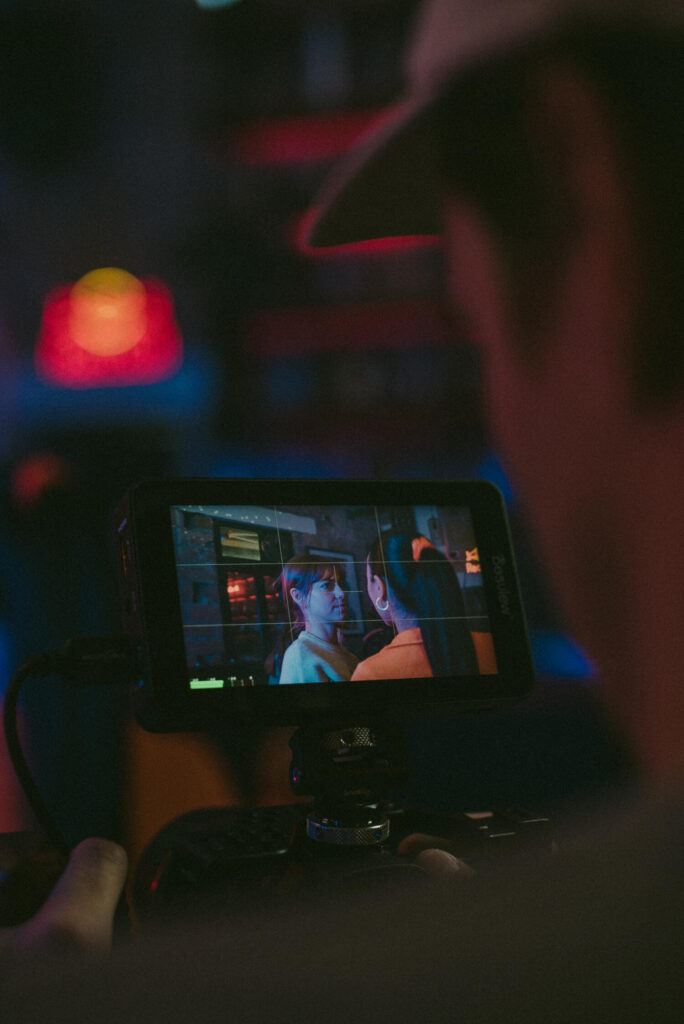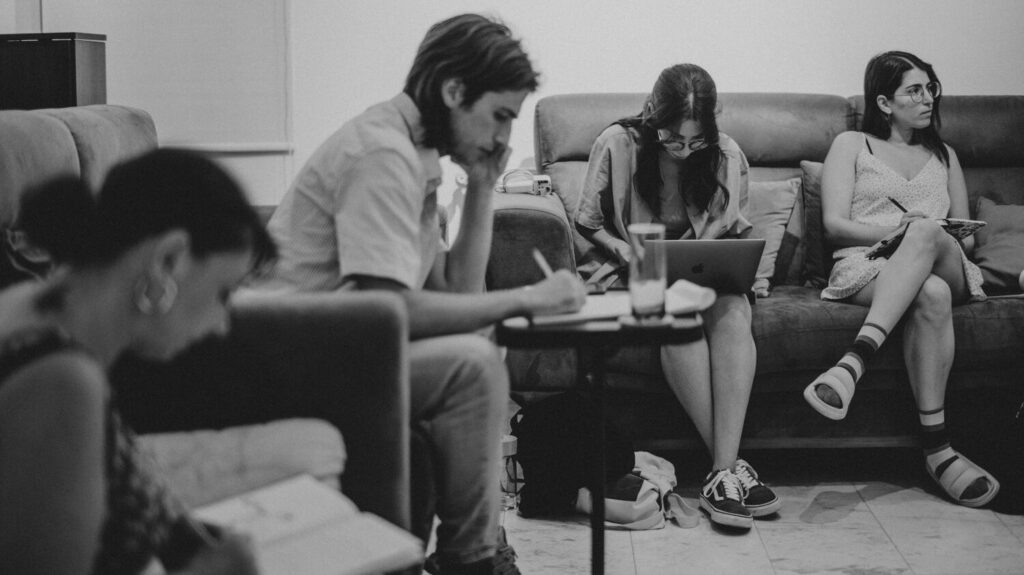Academy
Our Film Directing curriculum offers a holistic approach, seamlessly integrating key disciplines such as cinematography, screenwriting, producing, and editing. Tailored for individuals with an unwavering passion for immersive and innovative filmmaking, our program is designed to foster commitment to a rigorous and focused curriculum.
Prepare to embark on a transformative journey that empowers you to harness your creative instincts, refine your storytelling prowess, and emerge as a proficient and visionary film director. If you’re ready to dive into the world of cinematic artistry, our program is your gateway to honing your skills and shaping your future in the world of film.
Production Goals
Semester 1
During the program, each student will write, direct, and edit 10 films of increasing complexity and length, including a final film. These 10 films will include projects focused on:
Introduction to Directing (Production Workshop #1)
For their first production, directors will shoot a simple scene that the instructor will set for them. They will make their own choices in how to make it happen and analyze and critique them in class Introduction to Directing (Production Workshop #1).

Mise-en-scène (Production Workshop #2)
For their second production, students will be introduced to mise-en-scène, or directing a shot to visually tell a story. Once they create a dramatic moment, they concentrate on the dynamics of the shot that will best express it. This project teaches students how the visual relationship between the subject and the camera creates drama. Each student designs and shoots a scene that has a beginning, middle, and end. Students will learn to pay close attention to the choice of distances and angles.Since the story will be told within one long shot, it must be staged to express as much as possible about the characters and their actions. Directors should rehearse the shot for blocking of actors and camera until the scene works without needing to stop; only then should they start rolling. Students will shoot, edit and screen their films for critique and discussion.
Continuity
Continuity is one of the fundamental principles of modern filmmaking. By making a “continuity film,” directors learn the way cuts can advance the story while sustaining the reality of the scene. They will learn the difference between “film time” and “real time.” They are challenged to make a film that maintains continuity in story, time, and space. The action in these films unfolds utilizing a variety of shots (10–15) in a continuous sequence (no jumps in time or action). In their continuity films, candidates must produce a clear, visual scene while maintaining the authenticity of the moment. It is essential that the audience believes in the reality of the scene. Utilizing their theatrical knowledge, with the help from the instructor, students will write, direct, shoot, edit, and screen a film of up to three minutes. They must thoroughly plan and complete the following pre-production elements:
- Script
- Location scout
- Floor plan / Overheads
- Storyboard
- Schedule of shots / Shot List
Music & Montage Film
The third project in the Film directing program curriculum introduces students to the relationship between sound and film, as well as to narrative tools like montage and jump cuts.In this project, students are encouraged to explore a more personal form of visual storytelling, where they can choose a piece of music for their artistic expression. In the editing room, they cut their images to work in concert with, or in counterpoint to, the music. Students should experiment with rhythm and pacing. Each candidate writes, directs, shoots, edits, and screens a film of up to four minutes. In addition to storyboards, students may use a still camera to plan their films. This assists them in their choice of locations, angles, and lighting.
Semester Film
This fourth required film that students create is more ambitious in scope than the previous exercises. It builds upon the foundation of skills and knowledge gained in the first semester. There is a pre-production period during which students meet with instructor for consultation. From the first week of the program, students begin developing their scripts for this film. Each candidate must complete a production book that includes the following:
- Statement of Objective: idea of the film and stylistic approach in a concise statement.
- Scenario, shooting script, shot list, storyboards and floor plan / overheads.
- Analysis: intention, realization, mistakes, crew work.
There are two weeks of post-production (Christmas period). Students may use sound effects, music, voice-over and ambient sound to help tell their stories. The final project may be from three to 10 minutes in length, keeping in mind that “less is more.”Films may be of any genre and can be narrative, documentary, or experimental.

Semester 2
POV
Each shot in a film expresses a point of view, and in narrative film the point of view changes often, sometimes with each new shot. For the most part, point of view — which is often called narrative stance — is largely invisible to the audience, though the accumulated effect of changing point of view profoundly affects the way the audience interprets any scene. For this production, students will analyze different ways to create a point of view through visual means: POV shot construction, camera placement and the 180-degree rule, shot size, shot constructions (such as over the shoulder construction), in depth and linear staging and blocking, lens choice, and sound design, etc.
The POV project is designed for students to explore the various techniques directors use to create a character’s point of view in a scene. Directors create a short two-minute scene containing minimal dialogue and no more than two characters with conflicting objectives. The director will create two versions of the script and edit two distinct versions of the scene. Each should visually present the viewer with a clear and distinct point-of-view.
Subtext Film
The Subtext Film of the Film Directing program will conclude with a narrative digital project. This film should build upon the lessons and techniques students have learned in their classes, production workshops, and the POV film. The instructor will provide a screenplay no more than 1 page. Students will have to identify the beats and create their own beat sheet and add a subtext of their choice.
Advanced Cinematography Project (Production Workshop #3)
Each student will conceive of a complex scene with beginning, middle and end to be executed on a stage or real location using equipment of their choice. This project will challenge the students to incorporate the choice of equipment into their creative tool kit as they bring their command of lighting, composition, camera movement, and blocking to a higher level.
Imagination Project
This film that students create is more ambitious in relationship with imagination. The directors will write, direct and edit a story without any living character. It can be the story about a pen that sits on a desk or a tree that stands tall on a mountain.
Final Film
This project is the culmination of the course’s work. Each student’s goal is to produce a fully realized short film that demonstrates their own artistic vision and point of view or have a ready full Director’s binder for a feature film in case they have a script ready to go. Students work with larger crews (optional but encouraged) and have more time allotted for pre-production, production and post-production than in previous projects. Directors must prepare detailed production books and receive a “green light” from the instructor to check out everything for their shoots.

SCHEDULE
Every Wednesday: 7-10pm
First Class Lesson: Tuesday, September 6th, 2022
Last Class Lesson: Tuesday, June 6th, 2023
ADDRESS
4 Vrasida street, Nea Ekali, 3111, Limassol, Cyprus
https://goo.gl/maps/qbTjL73tDH5VAeXs9
All the classes will be located at the address above until otherwise said on the class or email.
